Don't underestimate the risk of antibiotic-resistant bacteria. Understanding Staphylococcal Infections (MRSA) is your best defense against this growing public health threat. Learn how to protect yourself and your family from this dangerous "superbug" before it's too late.
What are the main causes of Staphylococcal Infections (MRSA)?
- It is caused by a type of Staphylococcus aureus bacteria that has developed resistance to many of the common antibiotics used to treat staph infections.
- Community-associated MRSA often spreads through direct skin-to-skin contact or by sharing contaminated personal items like towels, razors, or athletic equipment.
- Hospital-acquired MRSA typically occurs in people in healthcare settings, often spreading through contaminated hands or invasive procedures like surgeries or intravenous tubing.

Key symptoms of Staphylococcal Infections (MRSA) to watch for
- An MRSA skin infection often starts as a red, swollen, and painful bump on the skin that might look like a spider bite or pimple.
- The affected area may feel warm to the touch, be full of pus or other drainage, and can be accompanied by a fever as it worsens.
- If the bacteria enter the bloodstream, it can lead to severe, life-threatening conditions like pneumonia or infections in bones, joints, and the heart.
How can you prevent Staphylococcal Infections (MRSA) effectively?
- Practice excellent hand hygiene by frequently washing your hands with soap and water or using an alcohol-based sanitizer, especially after touching wounds or bandages.
- Keep cuts and scrapes clean and covered with a sterile bandage until they have healed to create a barrier against bacteria entering your skin.
- Avoid sharing personal items that come into contact with skin, such as towels, razors, athletic gear, and uniforms, to prevent cross-contamination.
>>> See more: Pityriasis versicolor - A common fungal skin condition
Image of Staphylococcal Infections (MRSA)
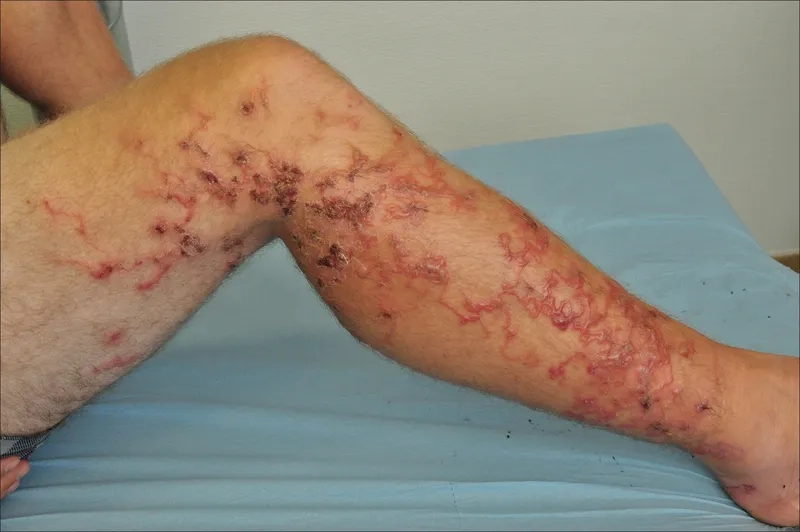
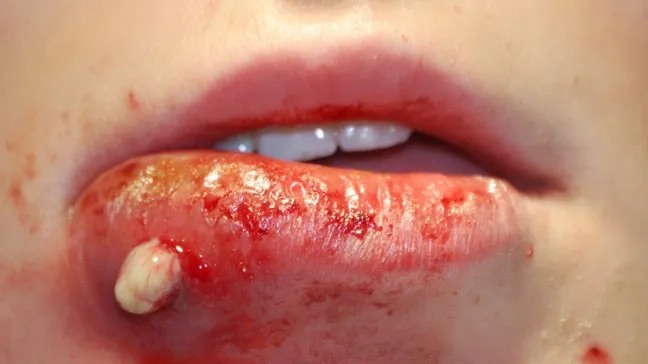
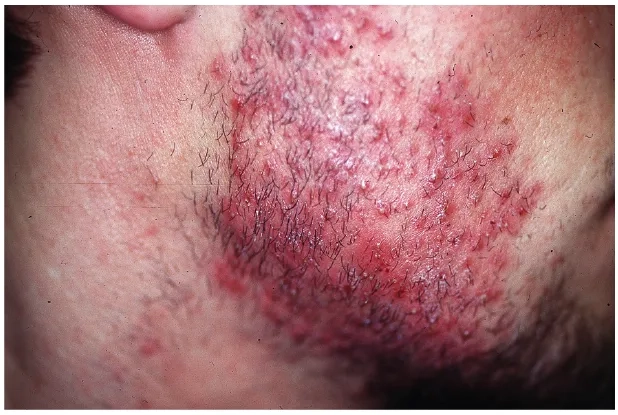

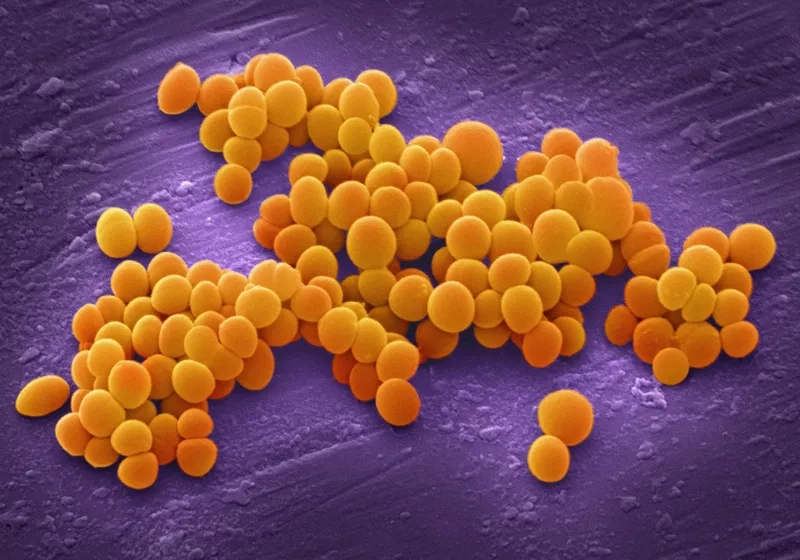
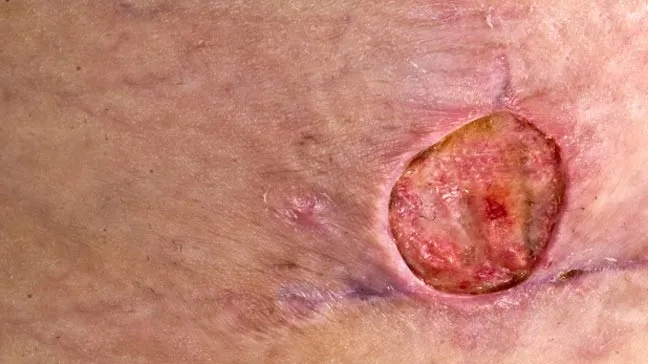
>>> Discover more: Ringworm - A fungal skin infection, not a worm
Prevention is the cornerstone of controlling MRSA. By practicing good hygiene and being vigilant about skin changes, you can significantly reduce your risk. If you suspect an MRSA rash or infection, contact your healthcare provider immediately for proper diagnosis and treatment.
>>> Related articles: Rhinosporidiosis - A chronic fungal infection of the nose






